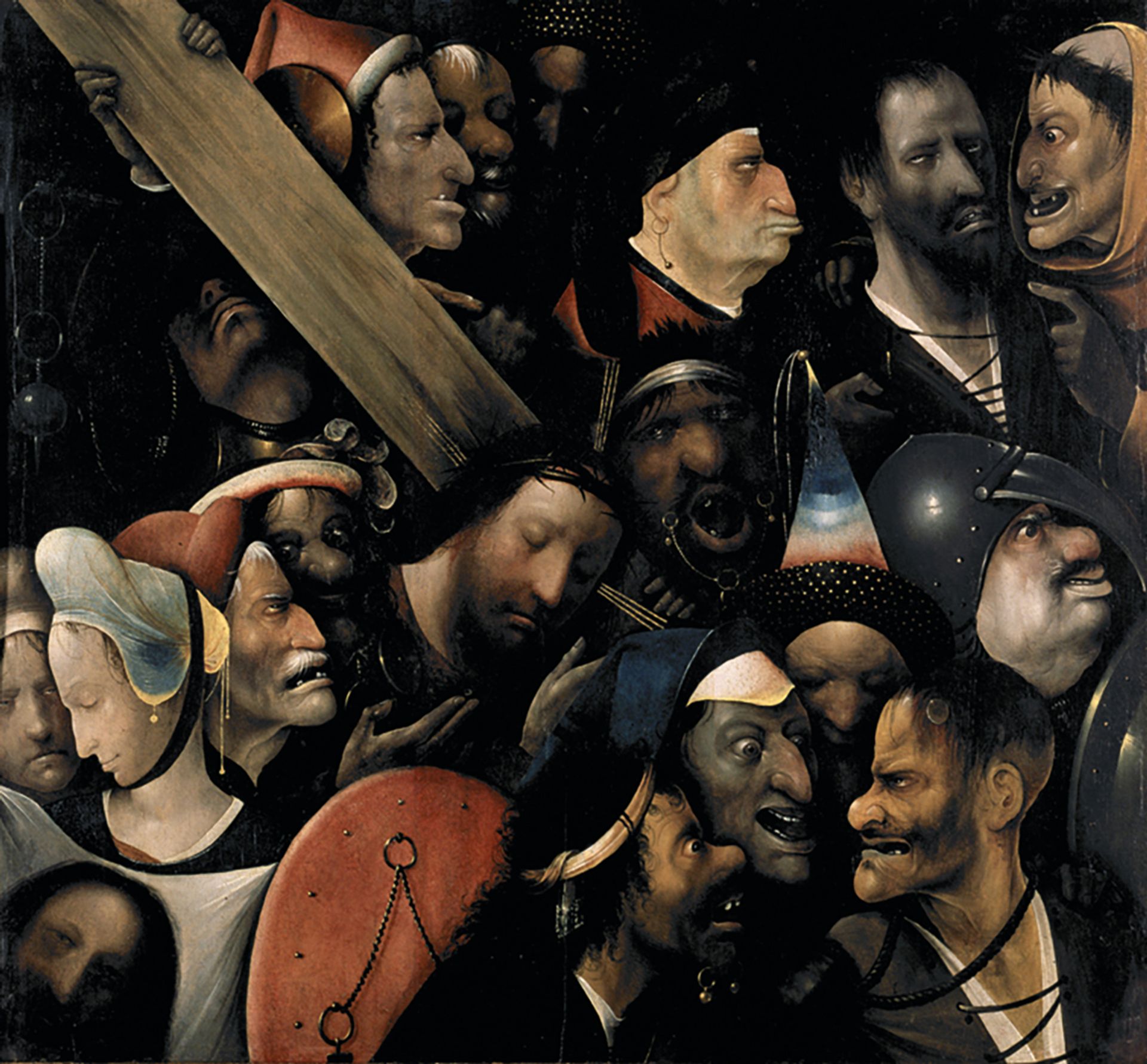A drawing that was once considered to be too much in the style of Hieronymus Bosch (around 1450-1516) to be by the artist’s own hand has been upgraded to an authentic work by the Dutch master. Infernal Landscape depicts hellish scenes including people being fed to a hungry monster via a waterwheel, and tiny figures straddling a large blade that has been plunged into the head of a man stuffed into a basket. It had been attributed to the artist’s workshop before it was examined by a team from the Bosch Research and Conservation Project (BRCP), a five-year initiative to study and document the artist’s work in the run-up to the 500th anniversary of his death in 2016.
A European private collector bought the work at auction in 2003. Although it was reproduced in Fritz Koreny’s 2012 catalogue of Bosch’s drawings, few scholars had access to it because it was not on public display. Matthijs Ilsink from Radboud University in Nijmegen, an art historian who is the project’s co-ordinator, saw the work in Koreny’s book and thought that it deserved a closer look.
Technology reveals the truth “It’s not just a ‘successful pastiche’, as some have called it. I’ve seen quite a few of these, and 99% of the time, they are not very inspiring,” Ilsink says. “This one is very, very good.” He says the argument that the work is “too Bosch to be by Bosch” does not hold water, given the fact that other, equally “Boschian” drawings—including Tree Man (around 1505) in Vienna’s Albertina—are considered to be authentic works. “You can’t blame Bosch for being too Bosch,” he says.

Infrared reflectography and ultra-high-resolution digital macro photography, in infrared and visible light, were used to document the work. The paper, handwriting and inks were compared with drawings from important collections in Berlin, Vienna, Paris and Rotterdam. X-rays revealed links between figures in Infernal Landscape and those hidden beneath the paint layers of other works. For example, the man in a basket is similar to one in an underdrawing on the “Hell wing” of the artist’s famous work Garden of Earthly Delights (1500-05), in the Museo del Prado, Madrid.
Ilsink says that Bosch often changed his mind as he worked, so his paintings have a lot of overpaint and underdrawings. “Someone creating a pastiche of his works wouldn’t have access to these earlier versions,” Ilsink says. He admits that some might argue that Infernal Landscape was made in the artist’s workshop, but he does not believe this to be the case.

Research projects on this scale often result in deattributions as well as discoveries. The team believes that Christ Carrying the Cross (1510/16), in the Museum of Fine Arts Ghent, which is described on the institution’s website as “presumed to be a late work of Hieronymus Bosch”, is by a follower. “The bottom line is that, when attributing a piece to a particular artist, you have to explain why it’s by that artist and not the other way around,” Ilsink says, adding that the analysis did not provide the team with an argument to say that the work was by Bosch.
A spokeswoman for the museum says that the news “didn’t really come as a surprise”, as the attribution has been the subject of debate over several decades. But the institution has not been privy to the details of the research, meaning that “it’s difficult to give due consideration to these new findings”.

The museum is planning to meet the researchers “to conduct further investigative work”. The spokeswoman says: “Whatever the outcome might be, no one doubts that [it] remains a masterpiece of late Medieval painting and one of the Ghent museum’s greatest treasures. And if reactions in the gallery and on social media are any indication, it seems clear that the visitors will keep on loving this astounding piece of Medieval art, regardless of who painted it.”
Ilsink is co-organising a major Bosch show, to be held in the artist’s hometown of Den Bosch next year. Jheronimus Bosch: Visions of Genius, which is due to open at the Noordbrabants Museum on 13 February, will kick off a year-long celebration of the artist. The Prado will mount its own show from 31 May. A Getty-funded website featuring original source materials and detailed images, gathered as part of the BRCP, is due to launch shortly before the Dutch show opens. Jheronimus Bosch: Touched by the Devil, a documentary about the BRCP by Pieter van Huystee, was due to receive its premiere at the International Documentary Film Festival Amsterdam as we went to press.

